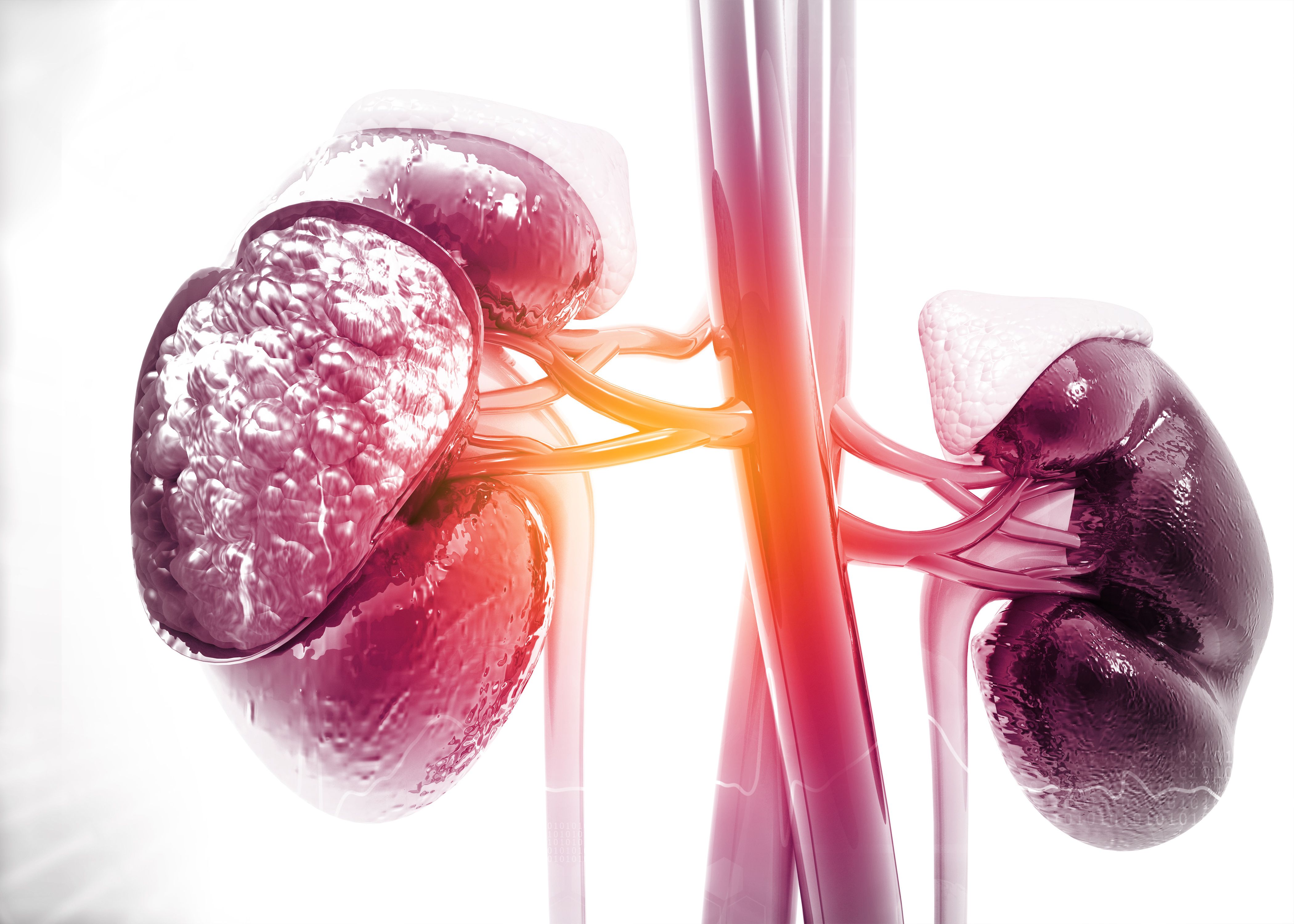Article
Predictive Model Accurately Estimates Kidney Decline Up to 5 Years for CKD, T2D
Author(s):
A linear mixed-effect model for repeated estimated glomerular filtration rate measurements at baseline and a follow-up visit, up to 5 years after baseline, shows results.
Investigators created a reliable prediction model that was able to predict the kidney function decline for up to 5 years after baseline for those with chronic kidney disease (CKD) and type 2 diabetes (T2D), according to the results of a study published in JAMA Network Open.
Rasi - stock.adobe.com

Investigators used the baseline and follow-up data that were collected between February 2010 and December 2019 from 3 prospective multinational cohort studies. These studies included the Diabetes Cohort (DIACORE; NCT00309712), the German Chronic Kidney Disease (GCKD), and the Prospective Cohort Study in Patients with Type 2 Diabetes Mellitus for Validation of Biomarkers (PROVALID)and.
They included 4637 individuals, aged 18 to 75 years, with T2D and mildly to moderately impaired kidney function. The data analysis was conducted between June 30, 2021, and January 31, 2023.
Thirteen variables were included from the routine clinical care visits: age, blood pressure-lowering medication, body mass index (BMI), hemoglobin, hemoglobin A1C, intake of glucose-lowering medication, lipid-lowering medication, mean arterial pressure, serum cholesterol levels, sex, smoking status, and urinary albumin-creatinine ratio.
Investigators used a linear mixed-effect model for repeated estimated glomerular filtration rate (eGFR) measurements at the baseline and follow-up visits, up to 5 years after the baseline.
Among the participants, 3323 were from the GCKD and PROVALID studies and were included in the model development cohort, and 1314 were from the DIACORE study and were included in the external validation cohort.
Investigators found that the most important predictor for the model development was age, with a decrease in marginal R2 of 0.10. The time-specific predicted R2 values ranged from 0.74 at year 1 to 0.47 at year 5, while the C statistic ranged from 0.84 and 0.75, respectively.
The values were lower after the first follow-up year, according to investigators.
Additionally, they found that all variables except for BMI, glucose-lowering medication, lipid-lowering medication, mean arterial pressure, serum cholesterol, and smoking status were associated with decreases in eGFR. Age showed the greatest reduction.
However, the interaction of the 6 variables were associated with significant decreases in eGFR, investigators said.
In the external validation, investigators contrasted the calibration of the model before and after the predictions. They found that updating the random effects with baseline eGFR yielded the agreement between the predicted and observed eGFR values, especially in the early follow-up years.
The externally validated R2 ranged from 0.70 at year 1 to 0.58 at year 5, while the C statistic ranged from 0.83 to 0.79, respectively.
The calibration slope was highest at year 4 of the follow up and lowest at year 5 of the follow up, which suggests stable predictive capabilities for individuals for which the model had not been trained, investigators said.
They assessed the time-specific calibration slopes, finding an almost perfect calibration at year 4 after the baseline with minimal shrinkage at year 5.
Reference
Gregorich M, Kammer M, Heinzel A, Böger C, et al. Development and validation of a prediction model for future estimated glomerular filtration rate in people with type 2 diabetes and chronic kidney disease. JAMA Netw Open. 2023;6(4):e231870. doi:10.1001/jamanetworkopen.2023.1870
Newsletter
Stay informed on drug updates, treatment guidelines, and pharmacy practice trends—subscribe to Pharmacy Times for weekly clinical insights.






